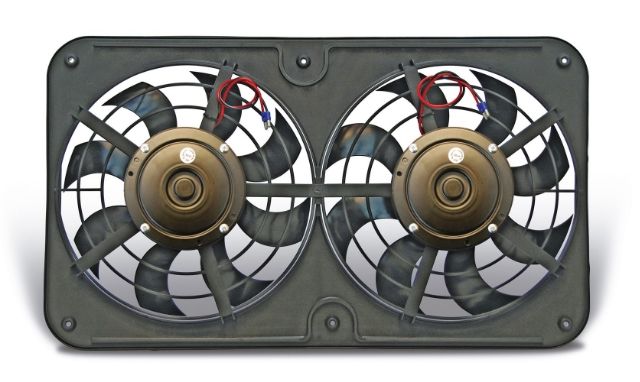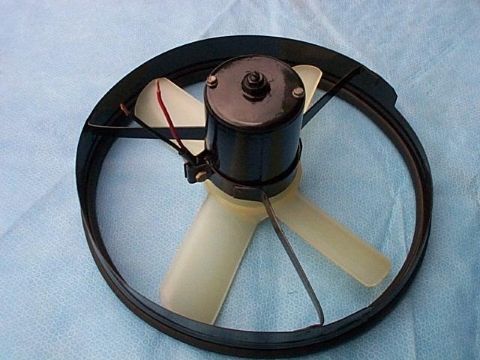My experience with SPAL fans was good. On my last car, which I installed a big turbo kit, there was NO ROOM whatesoever, and the Spal fans were the only ones to handle the heat after we made mods to gain clearance from the downtube.
The shroud increases the effectiveness of the fans a LOT, like 2 or 3 times better I would guess. With a proper shroud, then ALL the radiator area is getting air sucked through, not just two circles worth of area.
Not sure how that affects things when the fans are NOT running, because then parts of the radiator are being partially blocked (not completely because the shroud Does stand a bit away from the radiator, which Will still let air flow across the entire radiator) but at least on my old car, where it was critical, the shroud made the difference between working, or not working. The difference was HUGE once we installed the shroud.
quote:
Originally posted by JTpantera:
SPAL fans have awesome CFM. However, I have run into issues with their high amp draw. Specifically melting relays (Bosch and Narva) and encouragement to run higher amp alternators that create more drag and belt squeal (more so when running a flat firewall kit). If memories serves they draw about 27 amps each depending on size. Perhaps twice the amp draw of others with slightly less CFM. No free lunch.



